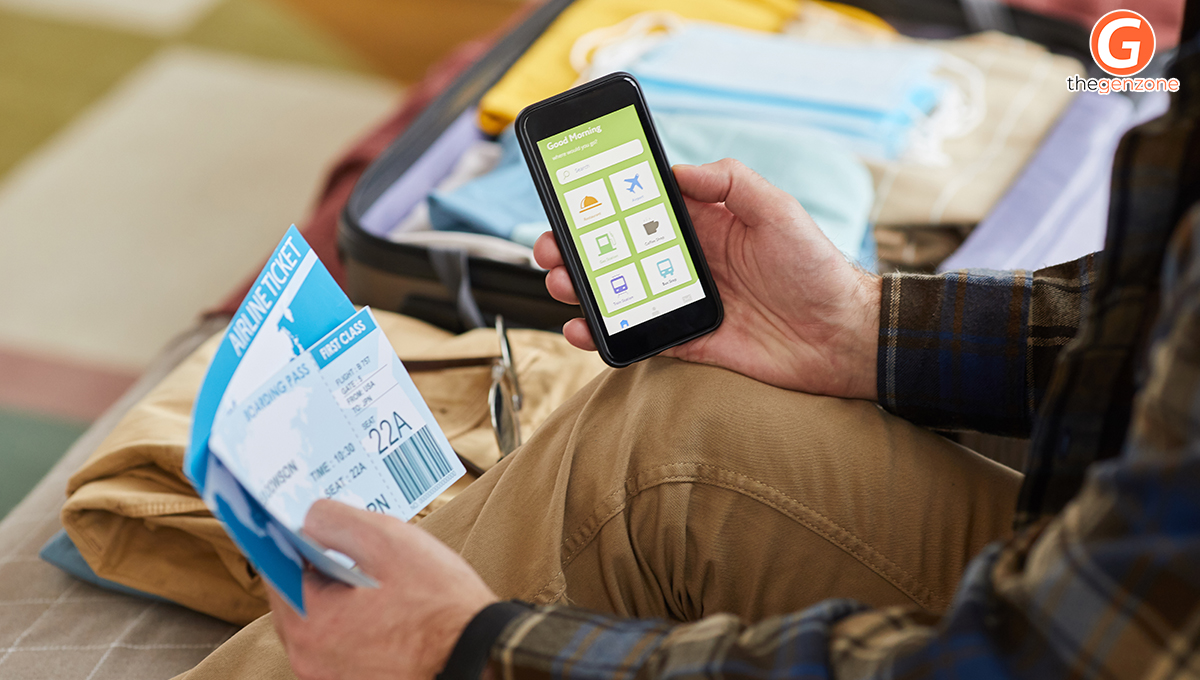
Master the Blockchain Platform Without Getting a Headache
In the ever-evolving digital world, a blockchain platform is no longer just for crypto fanatics and tech wizards. It’s becoming the invisible engine behind secure transactions, smart contracts, and cross-border solutions. But if it still feels like code chaos to you—don’t worry. We're decoding it, byte by byte.
This blog is your crash course (minus the crash) into blockchain platforms, and how they’re quietly transforming the way we code, transact, and build in today’s tech ecosystem. Whether you’re a developer, a curious entrepreneur, or someone just tired of nodding along in techy conversations—this one’s for you.
Define Blockchain Technology in Simple Words
Let’s not pretend this isn’t the elephant in the room. Before we dive into platforms, let’s first define blockchain technology.
Think of it like a digital record book that’s impossible to forge, delete, or tamper with. Each transaction, or “block,” is chained to the next, making it secure and transparent. Unlike traditional systems, there’s no central boss. Every participant has access to the same data, making trust the default.
That’s what makes blockchain technology so game-changing. From finance to supply chains, healthcare to NFTs—everyone wants a piece of the chain.
What Makes a Blockchain Platform So Powerful?
Not all blockchain stages are made equal. The real magic lies in how flexible, scalable, and secure they are. Ethereum, Polygon, Solana, and Hyperledger are cases of situations where developers can build decentralized applications, known as dApps, utilizing specialized blockchain programming language like Solidity or Rust.
These stages offer frameworks, smart contract capabilities, APIs, and plug-and-play options that make innovation possible. They’ve evolved from being crypto-focused to business-ready engines—supporting everything from NFTs to global finance.
Key Features That Make a Blockchain Platform Smart
|
Feature |
Why It Matters |
|
Smart Contract Support |
Automates transactions & eliminates middlemen |
|
Scalable Architecture |
Handles growing demand without performance dips |
|
Cross-Border Transaction Tools |
Enables real-time, global transactions |
|
Developer-Friendly Toolkits |
Makes blockchain software development easier |
|
Multi-Chain Compatibility |
Expands use-cases beyond a single environment |
Smart Contracts: Where Code Meets Commitment
The heartbeat of any successful blockchain platform is its smart contracts. These are self-executing pieces of code that run when conditions are met—no middleman required.
Want to rent out your vacation home, pay freelancers, or issue insurance without paperwork? A smart contract blockchain solution can do that with zero paperwork and total transparency.
The good part? You don’t need to build everything from scratch. Companies now offer blockchain development services that simplify the backend, giving you time to focus on front-end creativity and usability.
Becoming a Certified Blockchain Developer
As demand for blockchain integration rises, so does the need for talent. Becoming a certified blockchain developer is not just cool; it’s career-smart. Certifications prove you know how to designer secure blockchain situations, write keen contracts, and debug code in languages like Solidity, Vyper, or Go.
Even if you're not a dev, knowing what a certified master brings to the table helps you select the right blockchain development services for your project.
What Language Does the Chain Speak?
Whether you're building a fintech app or making a digital craftsmanship marketplace, knowing your blockchain code language is key. For Ethereum-based stages, Solidity is your go-to. If you're exploring Solana, Rust might be the reply. Hyperledger loves Go and Java.
Every blockchain platform has its native language and logic—choose based on your project goals, security needs, and scalability requirements.
Crypto to Global Commerce: Why It Matters
The beauty of blockchain isn't just in Bitcoin. Some of the best blockchain crypto tokens today power entire ecosystems—facilitating everything from lending to gaming.
And if you're thinking globally, cross border payments and blockchain capabilities are revolutionizing how we move money. Faster settlements, lower fees, and zero need for traditional banks—it’s a fintech dream turned reality.
This is where blockchain steps beyond trend and into transformation.
Build Smarter, Not Harder
The future is being written in code—and the blockchain platform is the writer. Whether you're launching a dApp, simplifying global transactions, or just inquisitive about the tech behind smart contracts, it’s time to pay attention.
Building on blockchain isn’t a developer’s game any longer. With open tools, modular platforms, and plenty of smart services, you can begin little and scale quickly. So dive in, code creatively, and remember: the chain works best when it’s used wisely.
FAQs:
Q1. What is the most popular blockchain platform today?
Ethereum remains the most widely used platform due to its smart contract capabilities and large developer community.
Q2. What language is used for blockchain development?
Solidity, Rust, JavaScript, Go, and Python are among the top blockchain code languages, depending on the platform.
Q3. What’s the role of a certified blockchain developer?
They design, build, test, and deploy blockchain-based applications and smart contracts securely and efficiently.
Q4. Can blockchain help with global payments?
Yes. With cross border payments blockchain systems, businesses can transfer funds securely and instantly worldwide.


.jpg)





